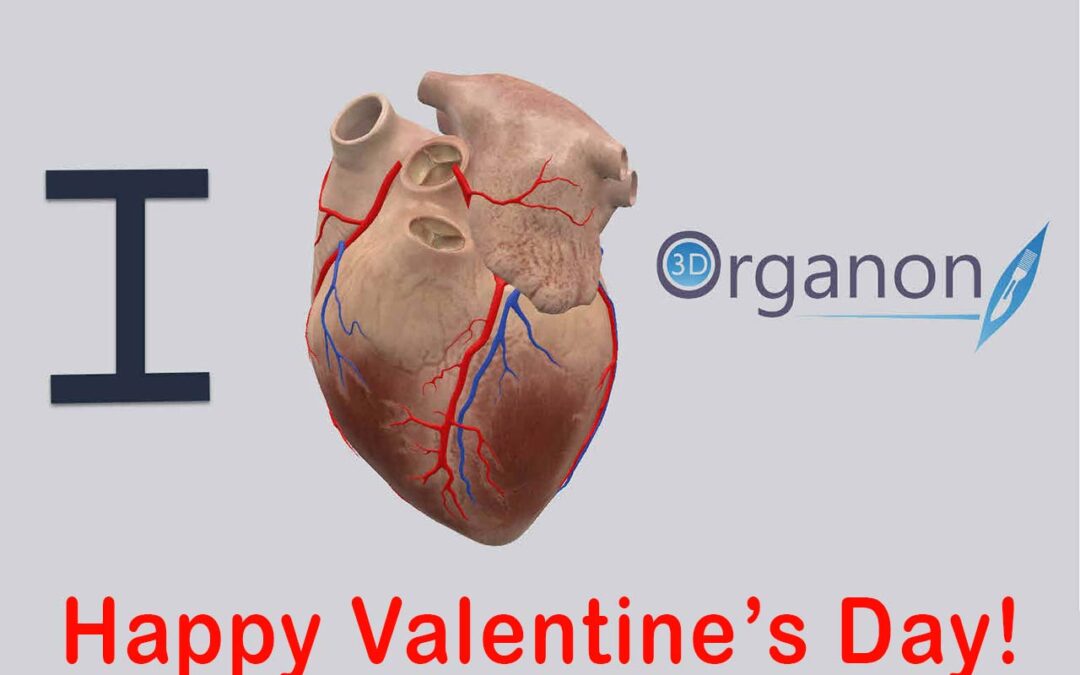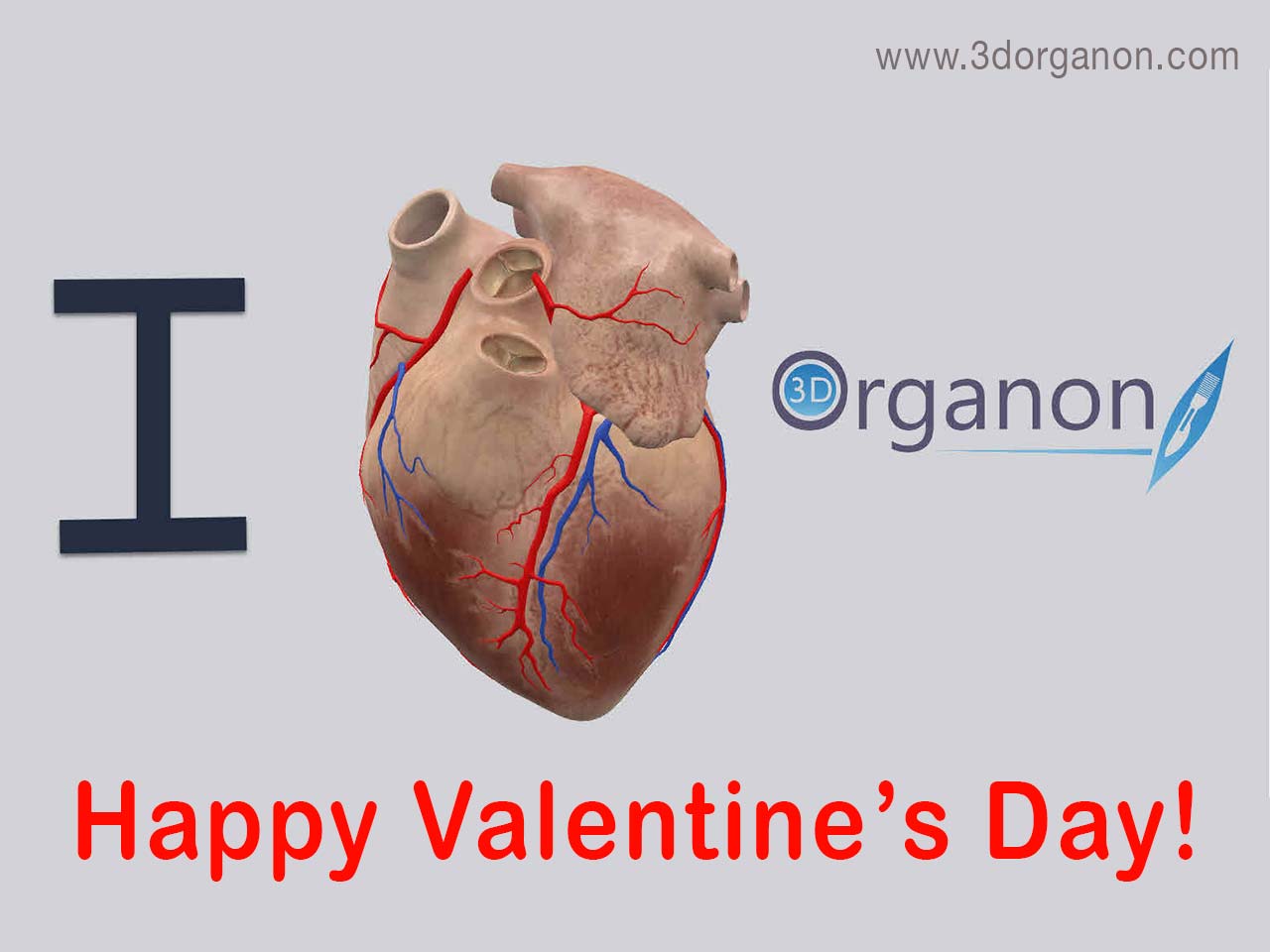
3D Organon Valentine’s Day
Love has always inspired not only as a literary and artistic concept but as an important fundamental human need. As a symbol embodying the ideal of ‘good’ and better living, it occupied a very important place in people’s hearts from the very beginning of the development of human civilizations. Such strong an emotion it feels that it is strongly connected with the most vital organ, the human heart.
Its association with the human heart seems to have sprung from the overpowering feelings it generates when it blooms, withers, or is broken. ‘The heart is deep with love and heavy with loss.’ When one’s feelings get hurt, the heart ‘breaks,’ or flutters of excitement when one feels happy. Its instrumental role in people’s lives goes a long way back. Among ancient civilizations, Egyptians, Greeks, Romans, but also in later years until recently, the heart has always had a connection with emotions; In lyric poetry and philosophy, the heart is identified with love and emotion. How can one overlook Sappho’s passionate “mad heart” when it is shaking with love?
‘Love shook my heart, Like the wind on the mountain troubling the oak-trees.’
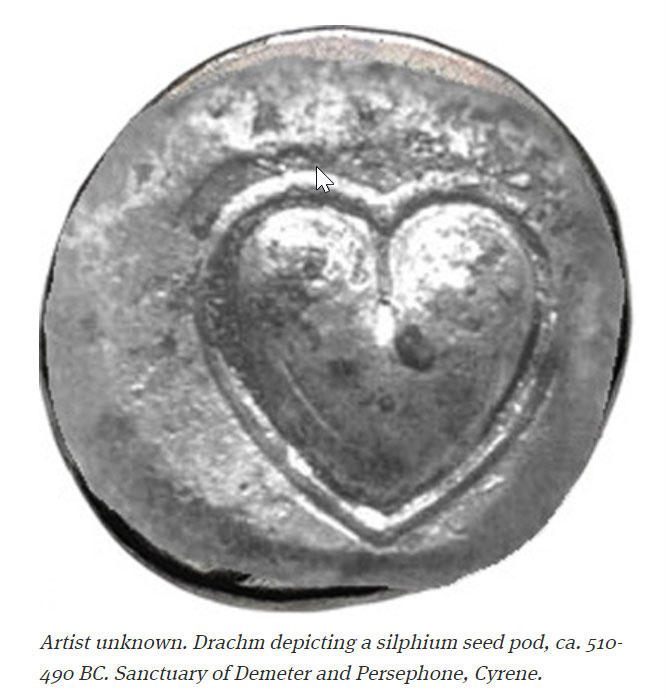
Heart anatomy and physiology
The heart is the first functional organ in human embryos that beats spontaneously by week four, and the last that if it stops beating the person can die in a few minutes. The heart is an essential organ of the human body that constantly pumps oxygen and nutrients around the body.
It consists of four chambers: two atria and two ventricles. The atria are the two upper chambers, which receive blood, and the lower chambers the ventricles, which release blood. Some valves separate the atria from the ventricles and prevent the backflow of the blood. These are the tricuspid valve, pulmonary, atrial, and mitral (or bicuspid).
Three layers comprise the heart walls, from inner to outer: endocardium, myocardium, epicardium (inner layer of the pericardium). The right side of the heart receives deoxygenated blood from the periphery and sends it to the lungs, while the left side of the heart receives oxygenated blood from the lungs and pumps it to the circulation.
The cardiac circle has two parts: the diastole and the systole. During the diastole, the ventricles relax and fill with blood as the atria contract, emptying all blood into the ventricles. During the systole, the ventricles contract and pump blood out of the heart as the atria relax, filling with blood again.
When we measure the blood pressure the lower number is the diastolic blood pressure while the higher number is the diastolic pressure. Elevated systolic blood pressure means that the blood creates high pressure against the artery walls during systole. If diastolic pressure is high, it means that there is high pressure in the arteries during diastole.
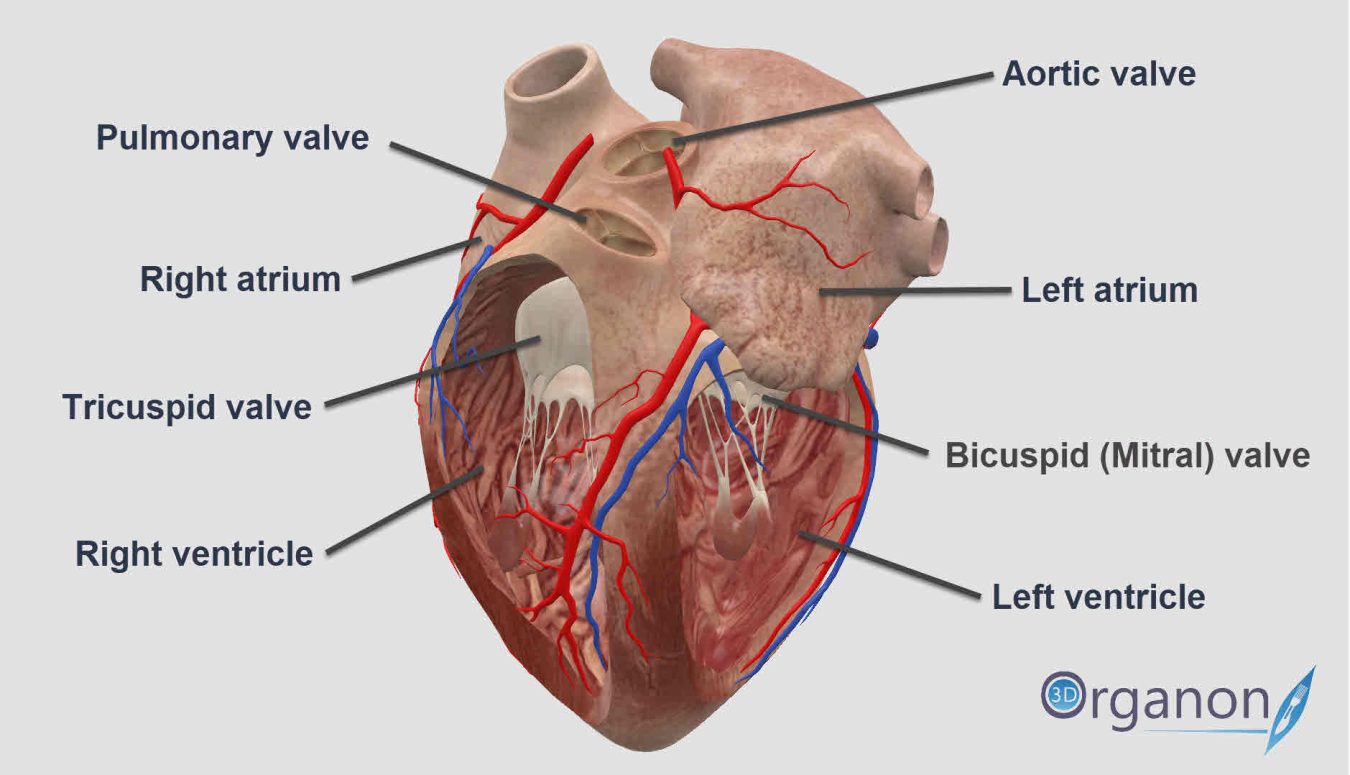
For the latest news, follow 3D Organon on social media.
